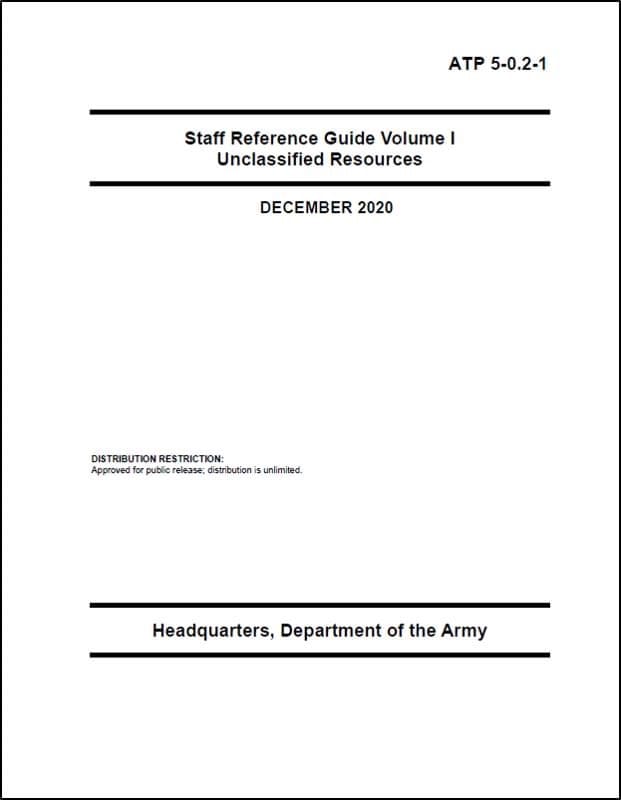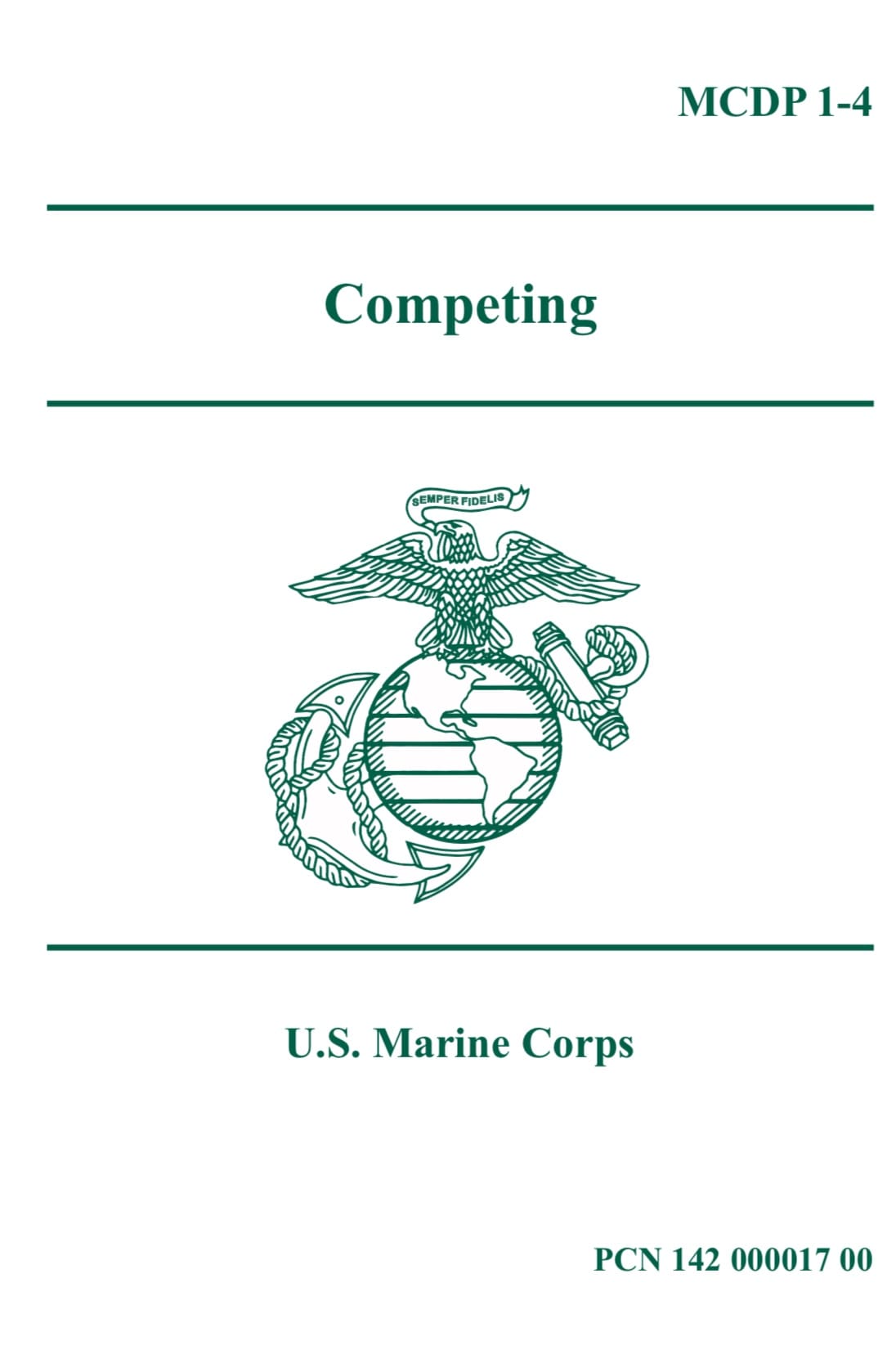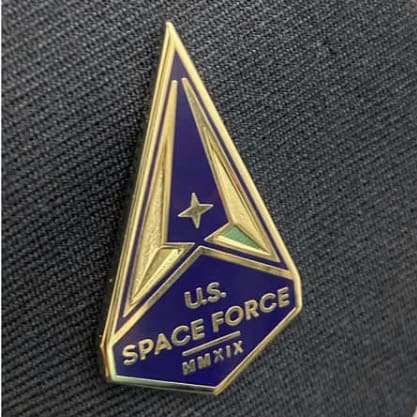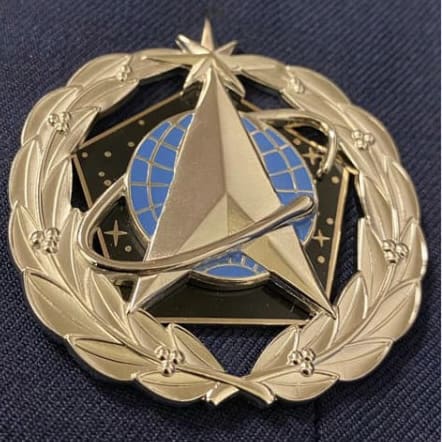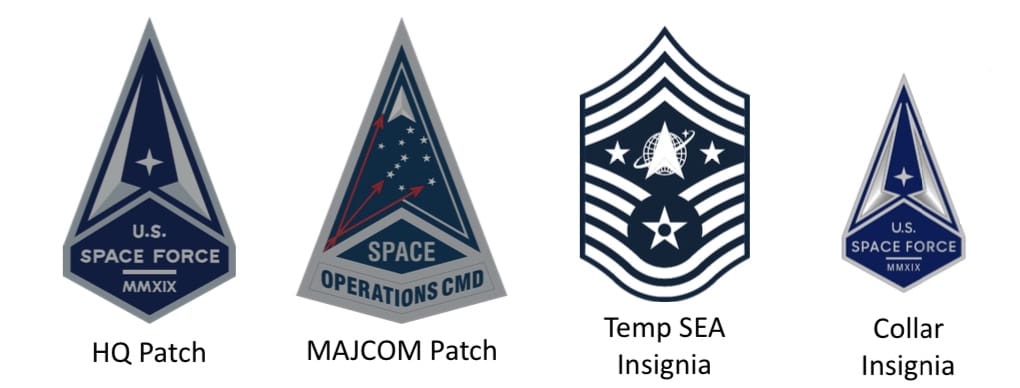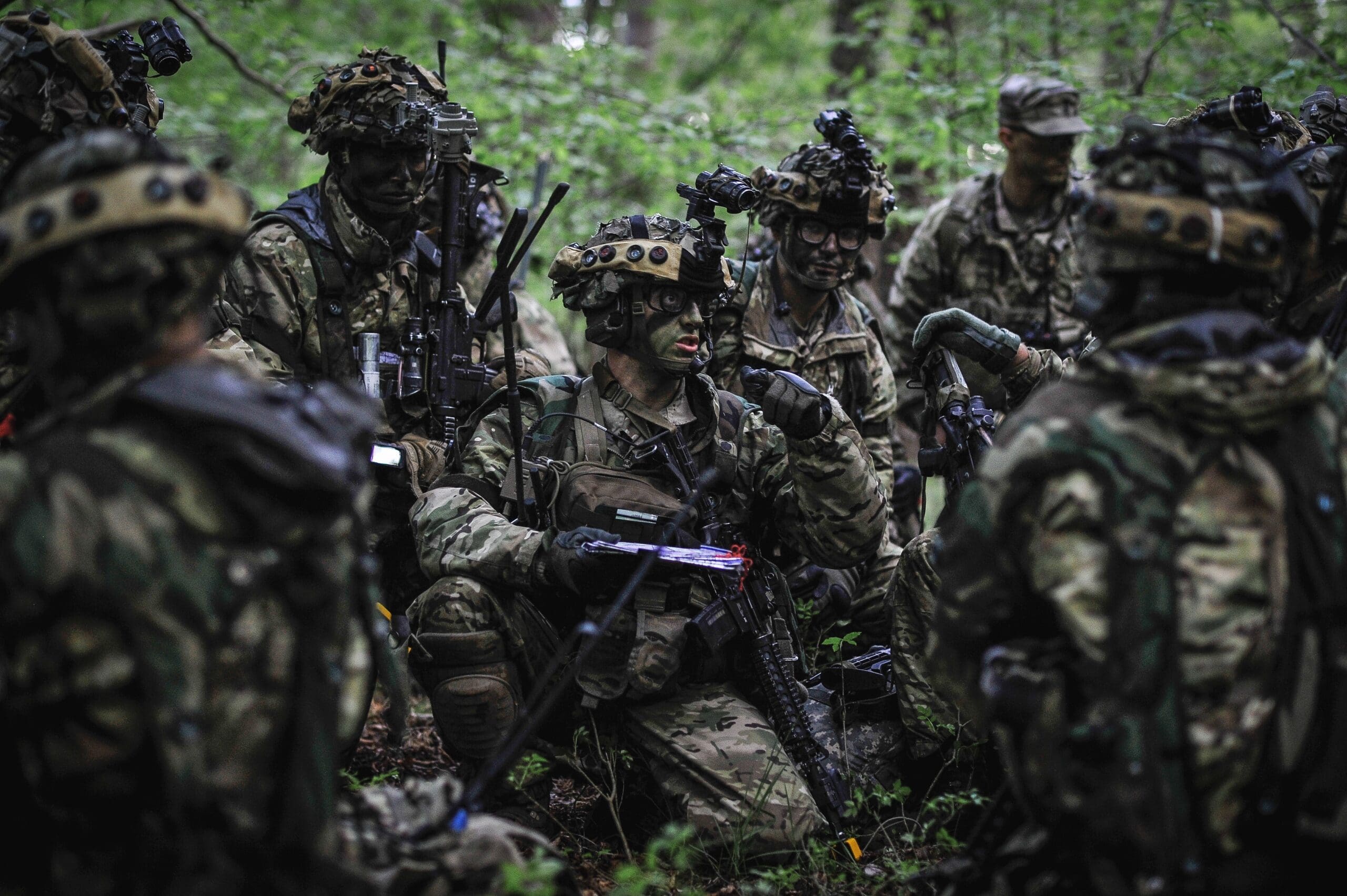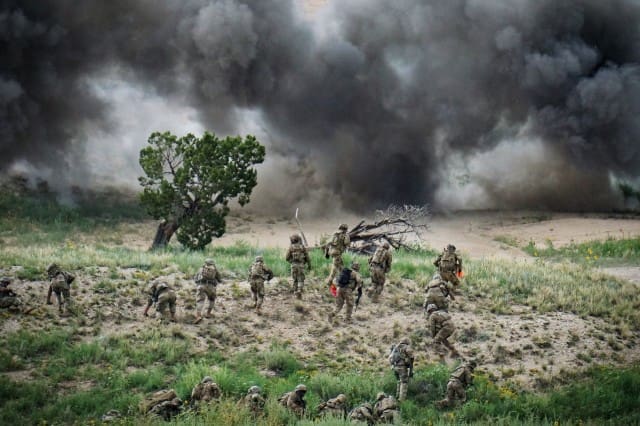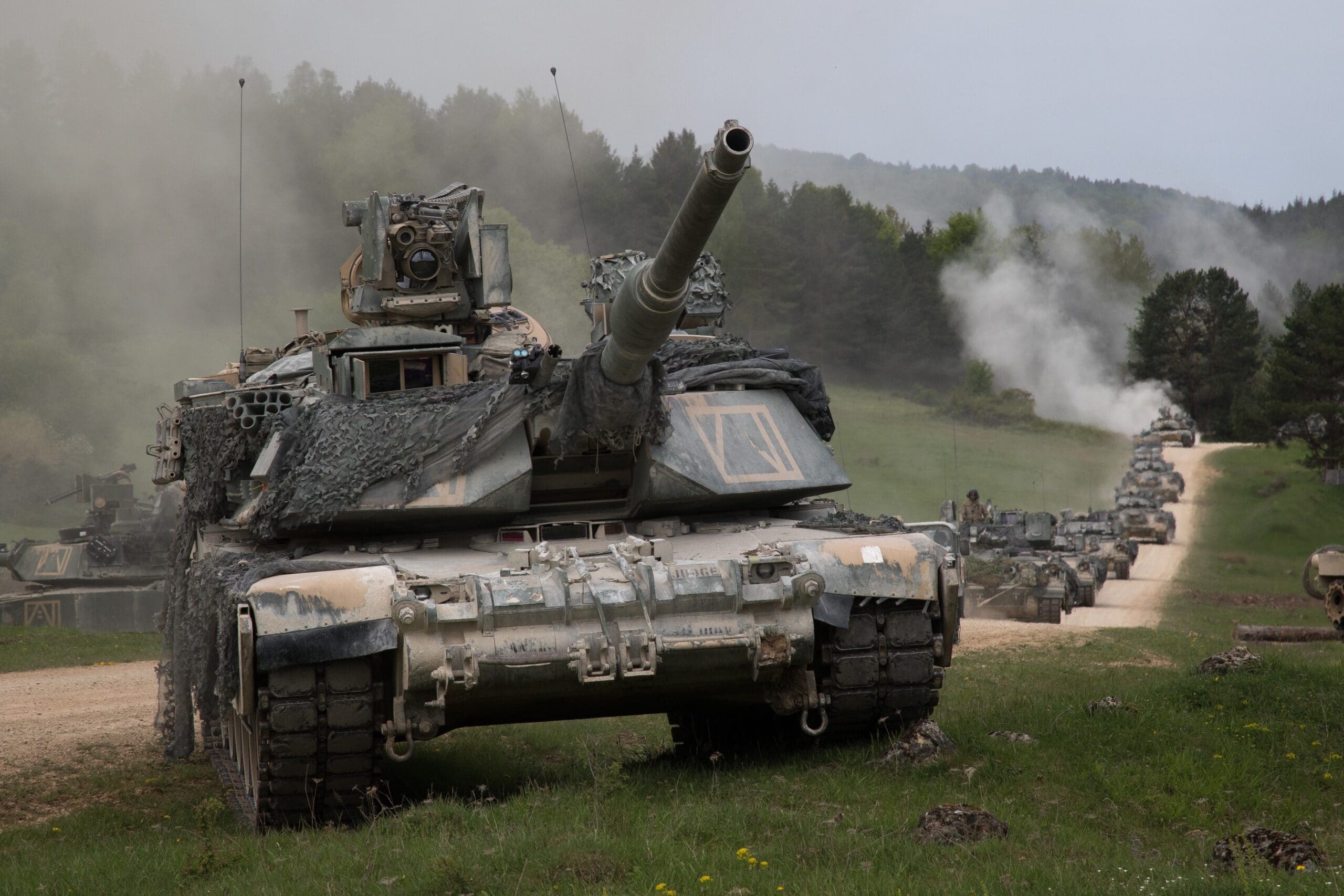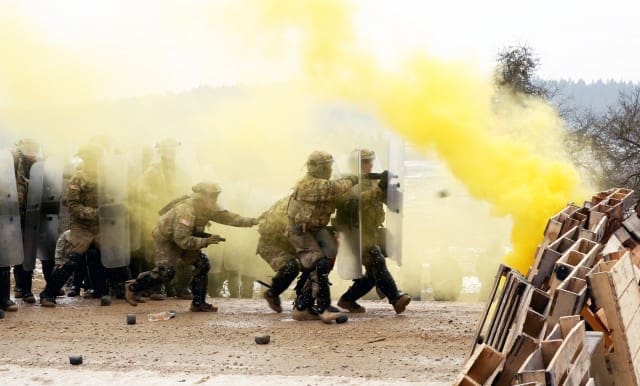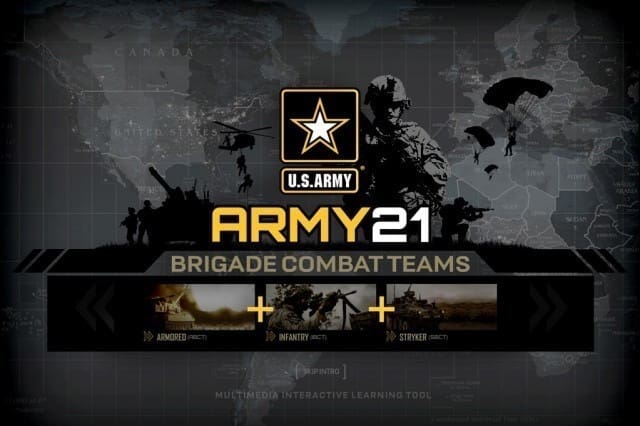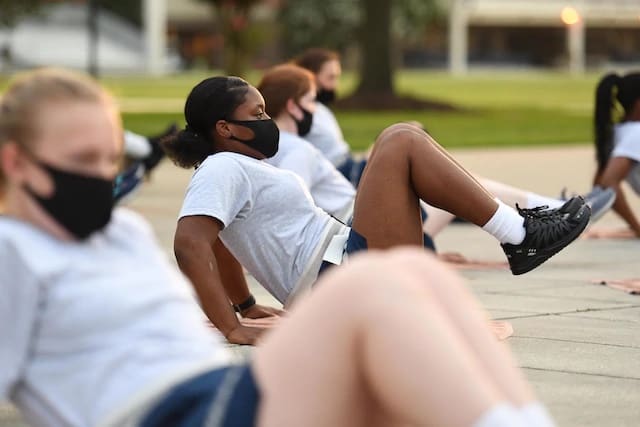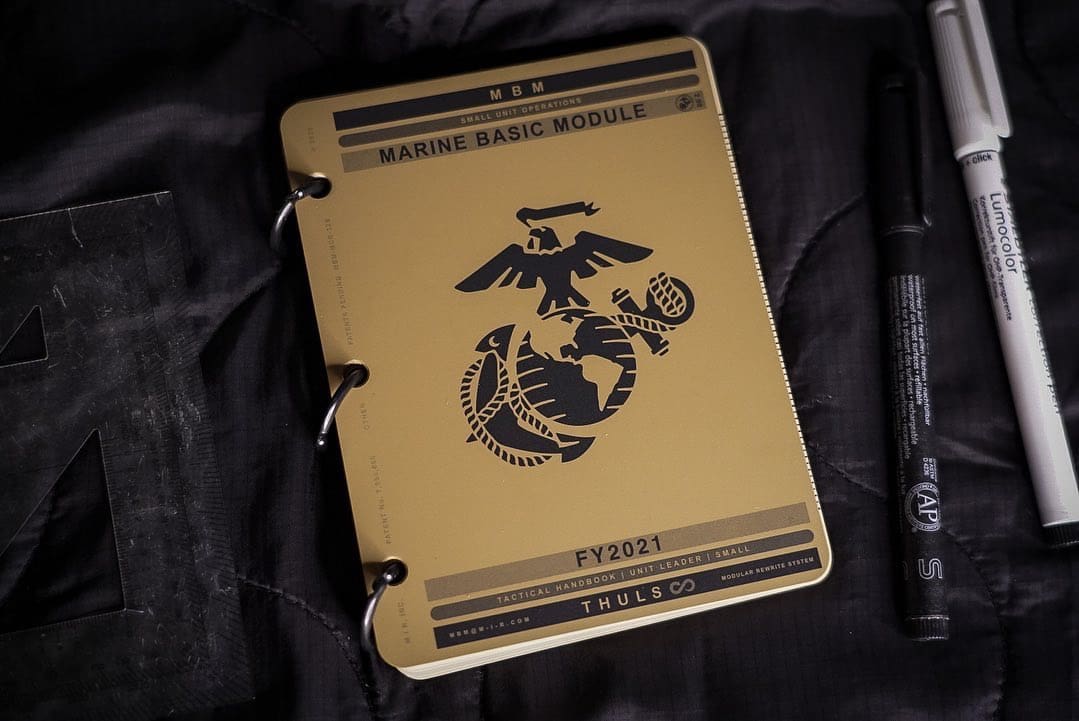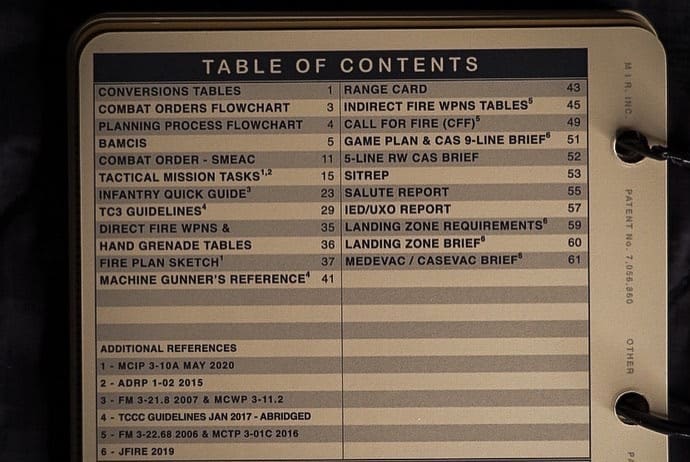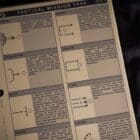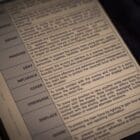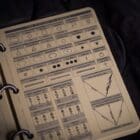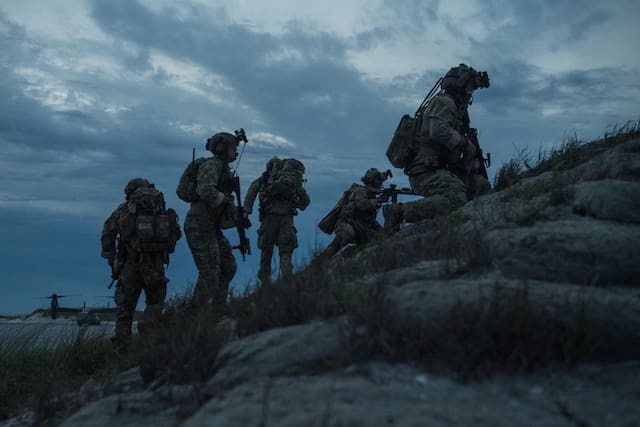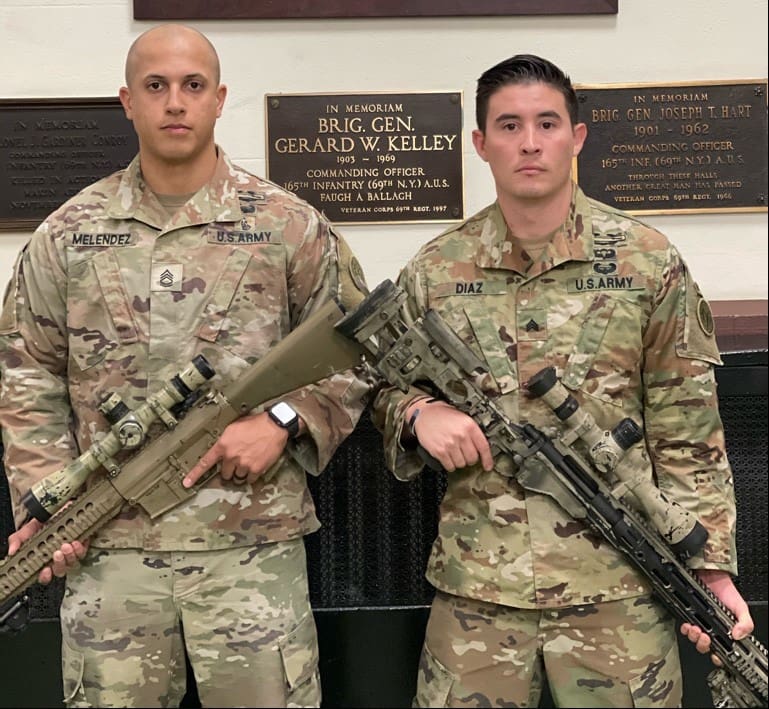
NEW YORK, New York – Sgt. 1st Class Matthew Melendez and Sgt. Andreas Diaz went to Afghanistan together, took the New York Police Department test together, graduated from the police academy together and served together in the sniper section of the 1st Battalion, 69th Infantry.
Diaz is even godfather to Melendez’s son.
Now the New York Army National Guard Soldiers are out to do one more thing together: win the annual Winston P. Wilson National Guard Sniper Competition.
The two New York City residents will be representing the New York Army National Guard when the latest edition of the competition kicks off on Dec. 4, 2020.
The sniper competition tests the Soldiers’ ability to acquire and engage targets using sniper rifles and pistols, their physical fitness, and their ability to approach and engage a target undetected.
Army National Guard teams from around the country, along with snipers from other services and other nations, will compete in the weeklong event at the Fort Chaffee Joint Maneuver Training Center in North Little Rock, Arkansas.
“This competition has always been on my list of things to do,” Melendez said. “For one reason or another, I have never been able to get there.”
Now his promotion to sergeant first class takes him out of the Battalion’s sniper section. “This is my last chance to get there, my last chance to check the block,” Melendez said.
Melendez, now a platoon sergeant in Alpha Company of the 1st Battalion, 69th Infantry, joined the New York Army National Guard in 2008. He joined the Battalion’s sniper section in 2009 and attended the Army sniper school in 2010.
In 2012 he deployed to Afghanistan with Bravo Company of the New York Army National Guard’s 2nd Battalion, 108th Infantry.
He and another sniper provided support to the infantry platoons on mission as dedicated marksmen and observers. He spent a lot of time watching areas of interest for the company and Battalion.
“I think that there is a popular misconception of sniping that it is 100 percent long-range shooting,” Melendez said. “That is about ten percent of what we do.”
“A big part of our job is the observation and reporting,” he said. “You use your fieldcraft to get in position and provide overwatch and observation.”
During a deployment to Afghanistan, Melendez met Diaz, another member of the 69th Infantry, who had deployed with the 108th as a machine gunner.
The two men hit it off and Melendez convinced Diaz to think about becoming a sniper instead.
When they returned from Afghanistan in 2013, both men applied to the New York City Police Department and passed the civil service test. When space in the police academy opened up in 2016, they were both in the same class.
In the meantime, Diaz joined the battalion sniper section in 2014, and the two served together with Melendez in charge.
When Melendez gave up the job he loved as sniper section sergeant, Diaz moved into the role.
With their Army sniper experience, joining a newly formed NYPD Long Range shooting team was the logical thing to do. The 60-member group is a recreational activity for police officers.
As team members, they have access to a range in the Catskill Mountains near Palenville, New York, where the team shoots, Diaz said.
“It’s the only range near New York City which lets you shoot out to 1,200 meters,” Diaz said.
They couldn’t bring their military weapons, but they got a chance to work together engaging targets at ranges of hundreds of yards. The team gave them range time, firearms and ammunition to get ready.
When Melendez and Diaz hit the ground in Arkansas for the sniper competition, Diaz will be the shooter and Melendez will act as his spotter.
Diaz has more recent experience at the sniper school –he graduated in 2017– so it makes sense for him to use the M-2010 sniper rifle, Melendez explained.
In the two-person sniper team, the spotter, armed with the M110 semi-automatic sniper rifle, provides close-in protection for the team while helping the shooter identify targets.
The M110 looks like a bigger M-16A2 and fires a 7.62 millimeter round with a range of 800 meters instead of the smaller 5.56 mm round usually fired by the M16/M4 weapons.
The shooter uses the bolt action M-2010 enhanced sniper rifle, with a range of more than a kilometer, to engage targets. Bolt action weapons don’t fire as quickly but are more accurate than semi-automatic weapons, Diaz said.
Melendez said he thinks their biggest weakness will be the team stalk and patrolling portions of the competition. “We just haven’t done it as a team as frequently,” he said.
Diaz said he wished they had a chance to test-fire the M-2010 they will be using for the competition before they get to Arkansas.
He will have to wait until they get to Fort Chaffee so he can do some test shooting and make sure the weapon is properly adjusted, he explained. He said that shooting from alternative firing positions will also be challenging.
“Anybody can shoot on their stomach lying down, but can you shoot on a platform that moves?” he said.
Both men agreed that the fact that they’ve worked together for so many years, and know each other so well, will be a significant advantage.
At a sniper competition held by the 27th Infantry Brigade Combat Team, he and Melendez beat other competitors because they worked so well together, Diaz reasoned.
“We have cohesion. We understand each other’s body language and without even speaking, we can get things done,” Diaz said.
By Eric Durr, New York National Guard
